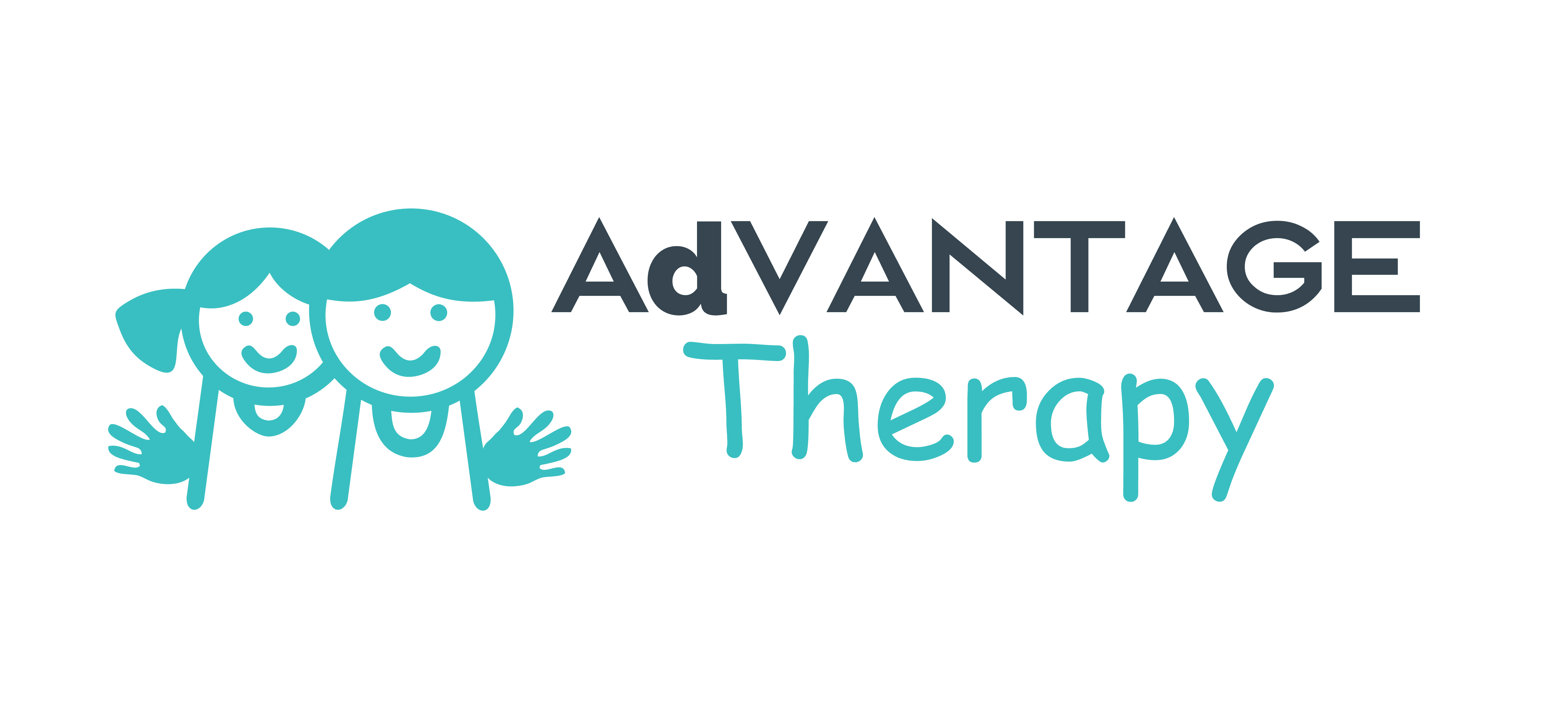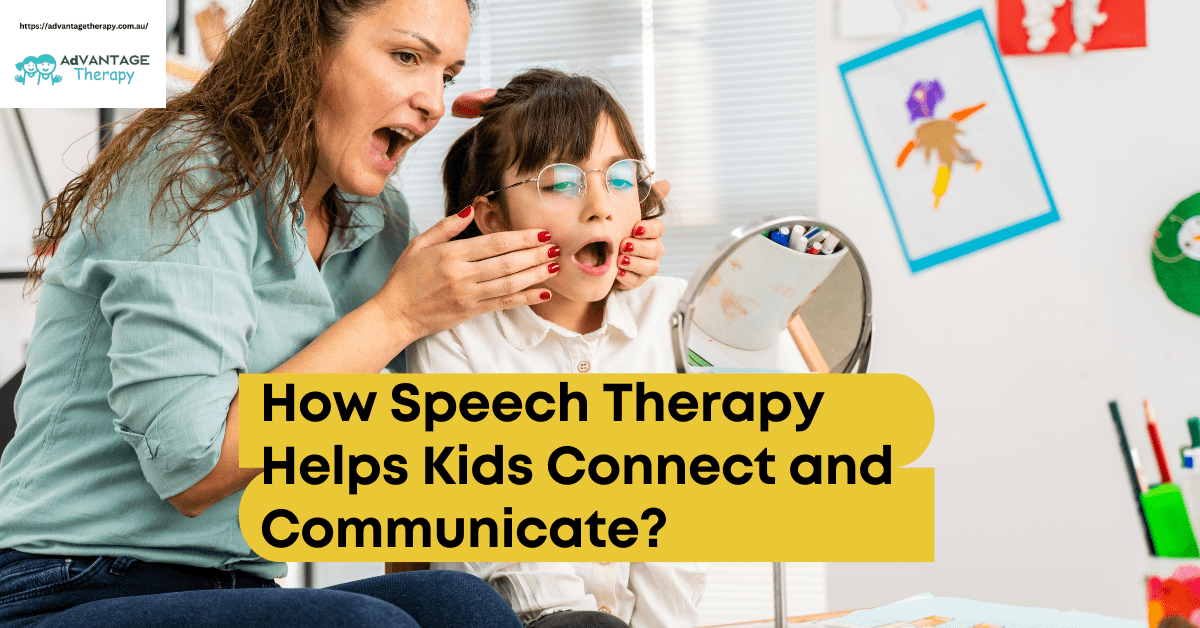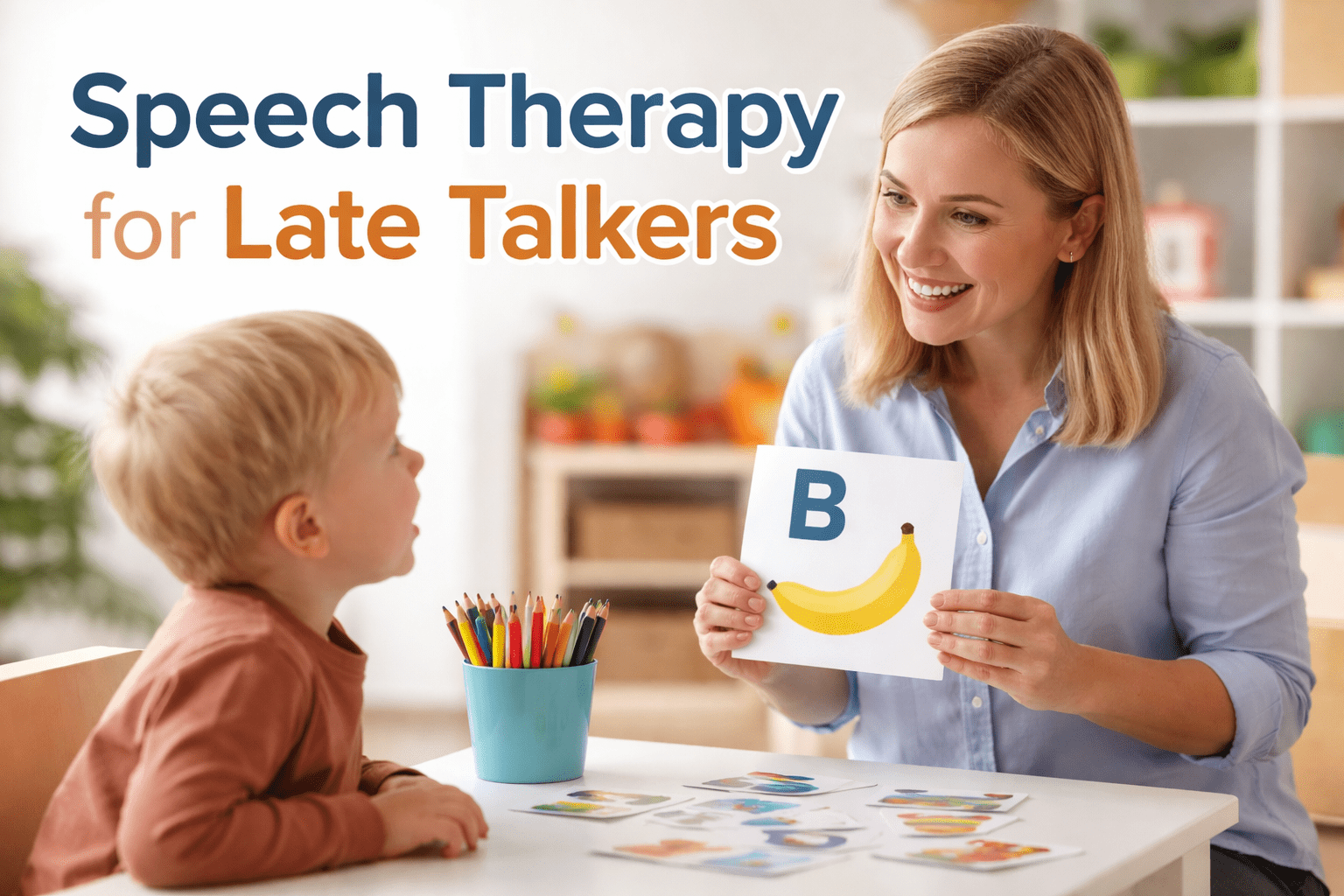Occupational therapy (OT) is a form of intervention in which therapists and children work together to develop or improve the skills necessary for daily living and functioning. The duration and frequency of occupational therapy can vary widely depending on the child’s age, the nature and severity of their issues, and individual progress.
Here is a general guide to help you understand how long does a child need occupational therapy, but it’s crucial to remember that each child’s journey is unique and should be tailored to their specific needs.
How Long Does Occupational Therapy Take?
The duration of occupational therapy varies greatly from one child to another, depending on the nature and severity of their developmental challenges. While some children may need a few months of intervention, others might benefit from several-month-long therapy. Here’s an overview of how long does occupational therapy takes:
Short-Term Therapy: Some children may require occupational therapy for a brief period, often ranging from a few months to a year. This is more common when addressing specific, mild issues or teaching a particular skill. For instance, a child with minor fine motor skill delays may only need therapy for a short duration to catch up to developmental milestones.
Medium-Term Therapy: Occupational therapy may span several months to a couple of years. This duration is typical for children who need support in multiple areas or those with moderate developmental or sensory challenges. The therapy in such cases is more comprehensive, aiming to address various skills and behaviors.
Long-Term Therapy: In cases involving more severe or multiple developmental challenges, occupational therapy can be a long-term commitment, lasting several years. Children with significant developmental delays, severe sensory processing disorders, or extensive physical disabilities may require ongoing support to manage daily activities and improve their quality of life.
Periodic or On-and-Off Therapy: Some children might undergo occupational therapy in phases. They might receive intensive therapy for a few months, take a break, and then return for another series of sessions. This approach is sometimes used when dealing with fluctuating needs or to reinforce skills learned previously.
How Long Are Occupational Therapy Sessions?
Although occupational therapy sessions are tailored to meet the specific developmental needs, challenges, and goals of each child, you can get an idea of their duration as follows:
Initial Assessment (All Age Groups)
Occupational therapy for children starts with an initial assessment, which typically spans 1-2 sessions. It allows the OT therapist to evaluate the child’s current abilities, challenges, and potential areas for improvement. This step is crucial for creating a personalized therapy plan that aligns with the child’s unique needs and goals.
Infants and Toddlers (0-3 years)
For infants and toddlers dealing with developmental delays, sensory processing issues, or physical disabilities, occupational therapy is often introduced early. Typically, the frequency ranges from 1 to 3 sessions per week, each lasting about 30 to 60 minutes. At this age, therapy is not just about the child; it also heavily involves educating parents on how to integrate therapeutic activities into daily routines at home, ensuring a comprehensive approach to development.
Preschoolers (3-5 years)
If the child is in preschool, occupational therapy sessions are generally held 1 to 2 times per week, with each session lasting between 30 to 60 minutes. The sessions are play-based, engaging children in therapeutic activities to help develop fine motor skills and basic self-care skills while addressing sensory processing concerns.
School-Age Children (6-12 years)
For school-age children, occupational therapy often aims to enhance social skills, improve handwriting, and develop organizational skills. The frequency of sessions usually ranges from 1 to 2 times per week, with each session spanning 45 to 60 minutes. Group settings are common at this stage, providing opportunities for children to interact with peers and develop social skills in a structured environment.
Teenagers (13-18 years)
Teenagers receive occupational therapy with a focus on preparing for adulthood. Sessions, typically held once a week for 45 to 60 minutes, concentrate on developing independent living skills, job readiness, and improving social interactions. The OT therapy sessions empower them to transition smoothly into adulthood, fostering independence and confidence.
Progress Evaluation
Occupational therapy is dynamic, necessitating regular progress evaluations every 3-6 months. These evaluations are critical for assessing the child’s development, gauging the effectiveness of the therapy, and making necessary adjustments to the therapy plan. It ensures that the therapy remains relevant and continues to cater to the child’s evolving needs.
Wrapping Up
It is worth noting that several factors can influence the duration and frequency of occupational therapy. For instance, children with mild challenges may require fewer sessions compared to children facing more severe difficulties. The child’s response to therapy also plays a significant role, with some showing rapid progress while others may need more time to improve. Family involvement is another crucial element, as active participation and reinforcement of therapeutic practices at home can greatly enhance the effectiveness of the therapy.
Contact our professional Occupational Therapy Specialists to get personalized guidance and interventions for your child. We’ll thoroughly guide you on how long does a child need occupation therapy and what you should do to help them.




